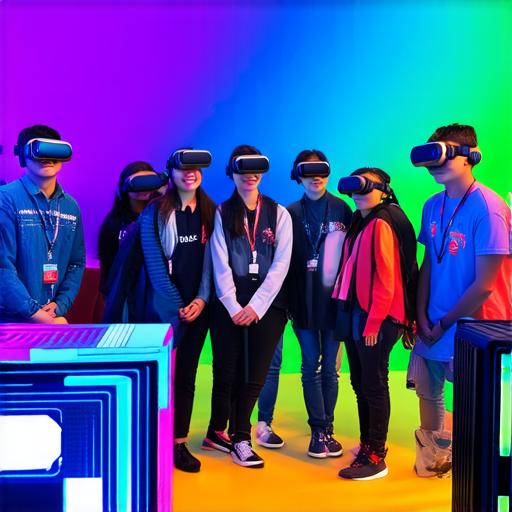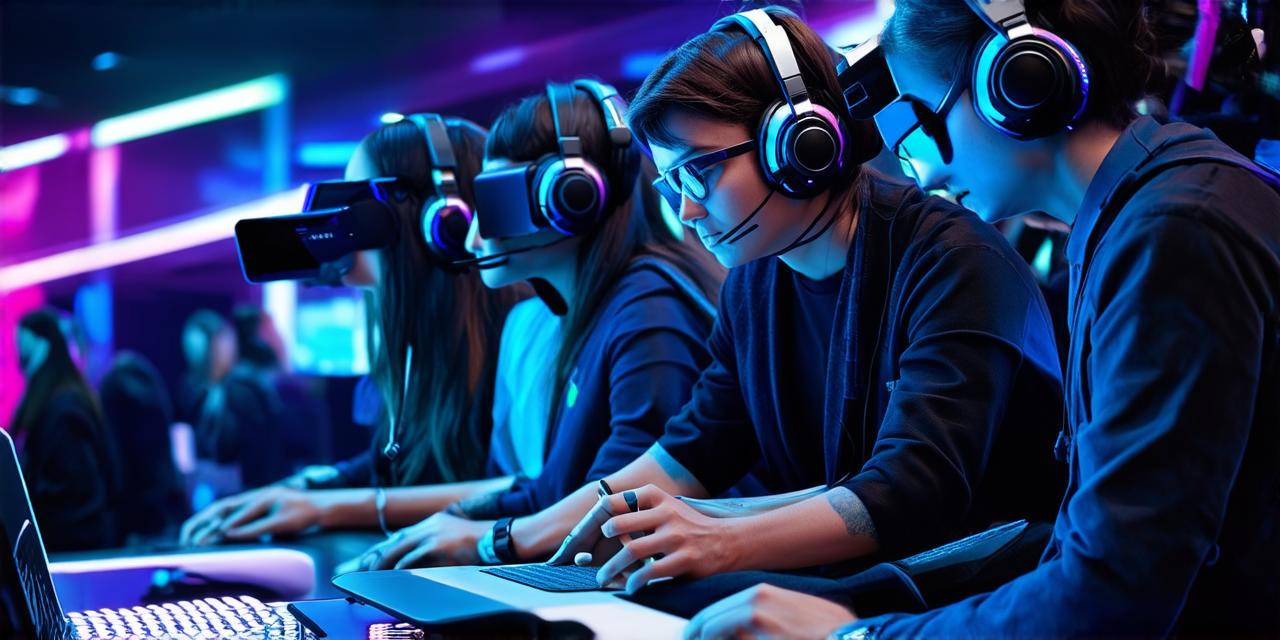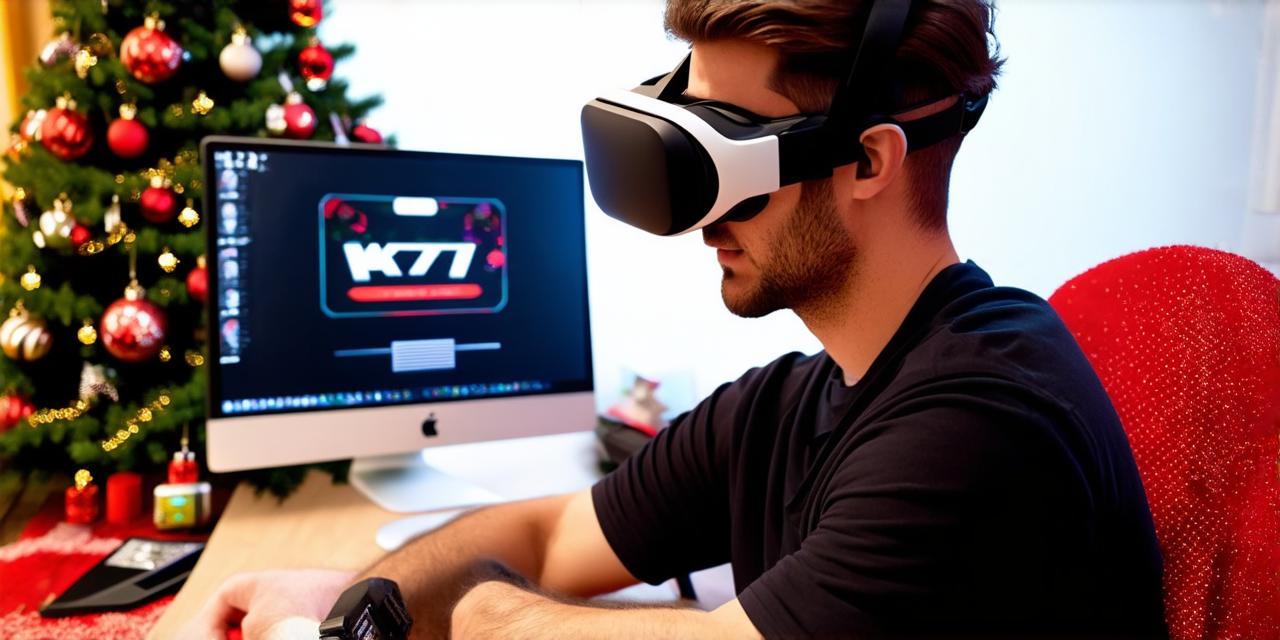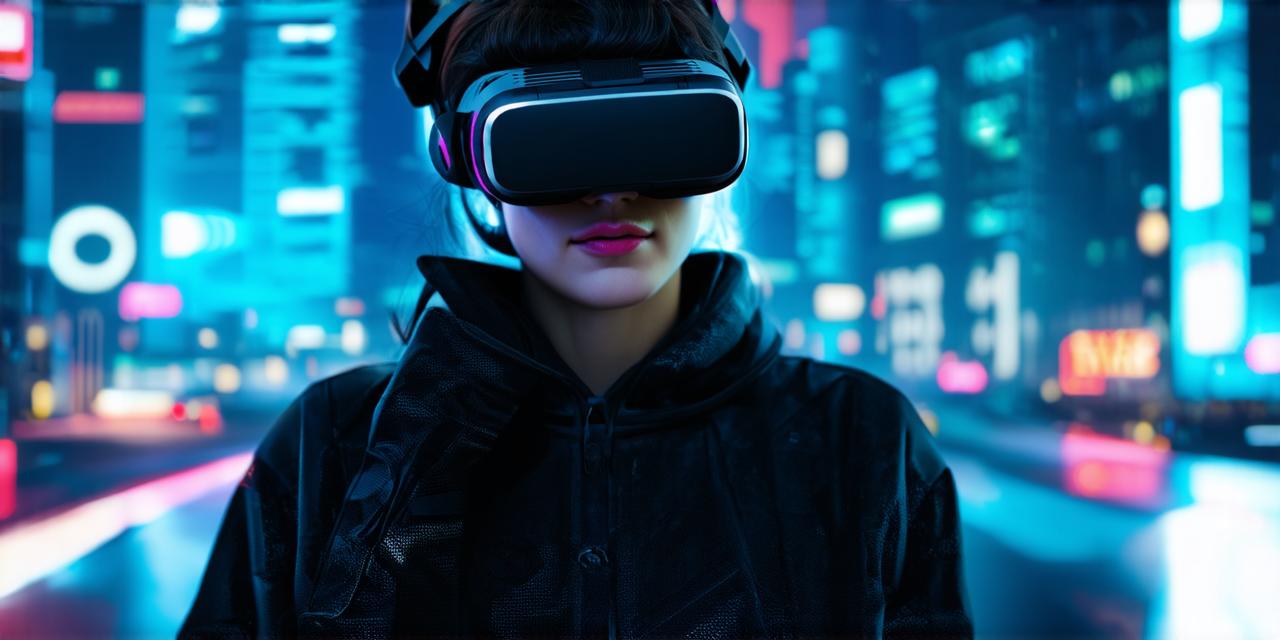The Benefits of Virtual Reality in Education

Virtual reality (VR) is quickly gaining popularity in many industries, including education. VR technology provides immersive experiences that can enhance learning and engagement.
1. Enhanced Learning Engagement
VR technology provides an interactive and engaging experience for students, making learning more fun and enjoyable. Students can explore different environments, interact with virtual objects, and perform tasks that may not be possible in the real world. This immersive learning environment can help students stay motivated and interested in their studies, leading to better retention of information and improved academic performance.
2. Improved Visualization and Understanding
VR technology provides a 3D visualization of complex concepts that may be difficult to understand through traditional teaching methods. For example, VR can be used to teach anatomy by allowing students to explore the human body in 3D, or astronomy by simulating the solar system. These immersive experiences can help students gain a deeper understanding of complex concepts and make them more accessible and memorable.
3. Safe Learning Environment
VR technology provides a safe learning environment for students to practice and experiment without risking their safety or that of others. For example, VR simulations can be used to teach emergency response procedures, such as firefighting or surgery, without putting students in harm’s way. This allows students to gain practical experience and develop essential skills in a controlled and safe environment.
4. Accessibility
VR technology provides accessibility for students with disabilities or special needs. For example, VR can be used to create virtual field trips for students with visual impairments, allowing them to explore new environments and learn about different cultures without leaving their classrooms.
5. Improved Collaboration and Communication
VR technology can facilitate collaboration and communication between students and teachers. For example, VR can be used to create shared virtual classrooms, where students from different locations can work together on projects in real-time. This can help students develop teamwork skills and improve their communication abilities.
Real-Life Examples of VR in Education
1. Virtual Field Trips
Virtual reality can be used to create immersive virtual field trips for students, allowing them to explore new environments and cultures without leaving their classrooms. For example, Google Expeditions is a free VR app that allows teachers to take their students on virtual field trips to places like the Great Barrier Reef or Mount Everest.
2. Virtual Science Labs
VR technology can be used to create virtual science labs, allowing students to perform experiments and conduct research in a controlled and safe environment. For example, Discovery VR allows students to explore different scientific concepts through immersive simulations, such as dissecting a virtual frog or conducting a chemical experiment.
3. Virtual History Tours
VR technology can be used to create virtual history tours, allowing students to explore different historical periods and cultures in an engaging and interactive way. For example, the British Museum’s VR app allows students to explore the museum’s collections in 3D and learn about different civilizations throughout history.
4. Virtual Language Classes
VR technology can be used to create virtual language classes, allowing students to practice their language skills in an immersive and interactive way. For example, Duolingo VR allows students to practice speaking and listening skills through virtual conversations with native speakers from around the world.
How AR Developers Can Incorporate VR into Education
As AR developers, you have the opportunity to create VR experiences that can enhance learning and engagement in education. Here are some ways you can incorporate VR into your projects:
-
Collaborate with Educators
-
Use Open-Source VR Tools




